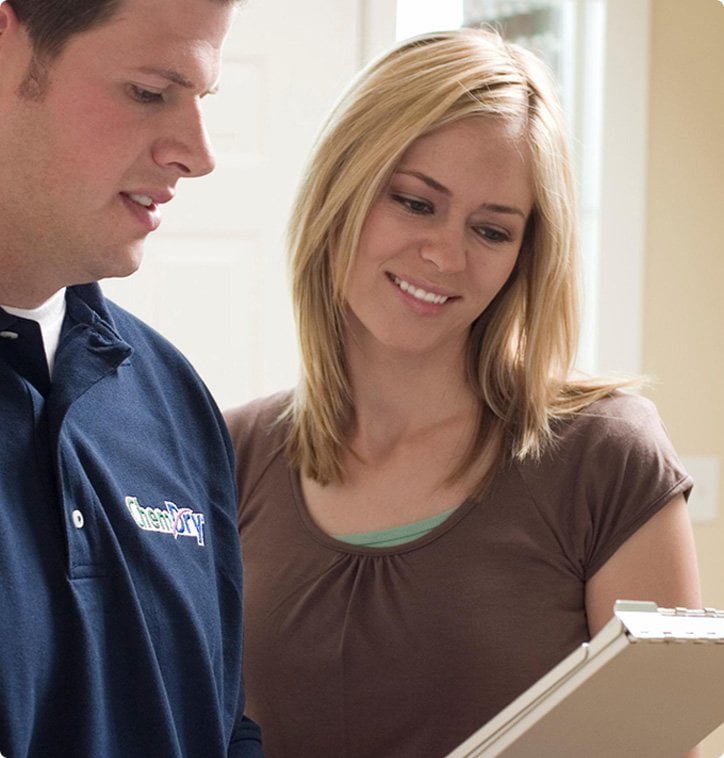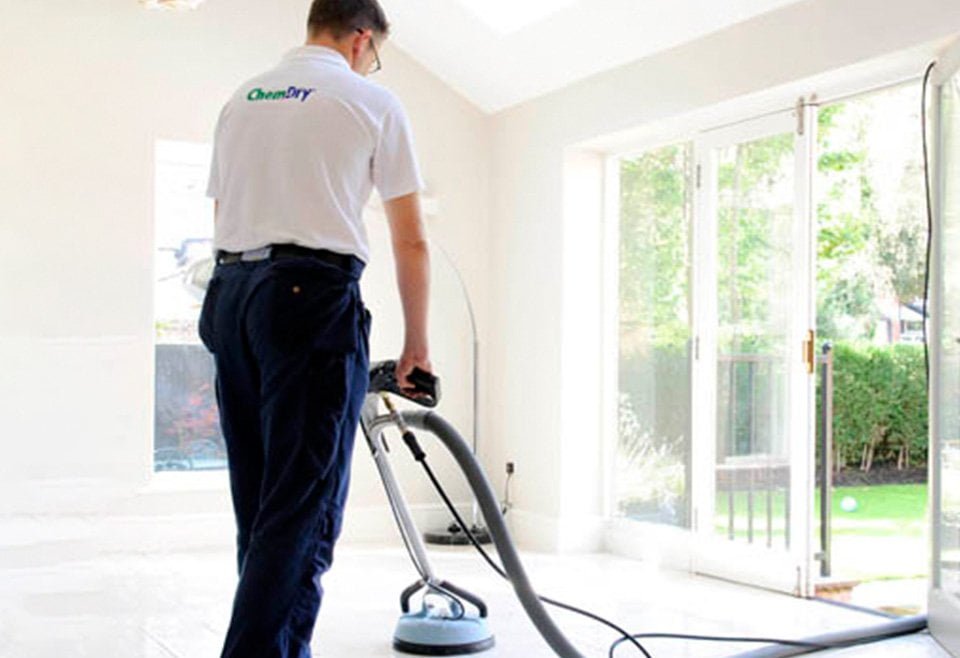Initial Inspection: Understanding Your Upholstery Fabric
Every upholstery cleaning task begins with a detailed examination of the fabric. It’s crucial to recognise that different materials, whether they’re cotton, linen, silk or leather, require distinct cleaning approaches. The nature of these fibres and their reactions to various cleaning agents are foundational to the science of upholstery cleaning. For instance, a solution suitable for synthetic fibres could cause harm to natural ones. Therefore, accurately identifying the fabric is an essential step to ensure the correct and most effective cleaning process is utilised.
Choosing the Right Cleaning Solution: The Role of Chemistry
Following fabric identification, the next stage involves the selection of the appropriate cleaning solution. At this point, chemistry becomes particularly important. The detergents used in upholstery cleaning are usually alkaline in nature, designed to effectively break down grime and dirt. Furthermore, these cleaning agents often contain surfactants—compounds that decrease a liquid’s surface tension, enabling it to disperse more easily and infiltrate the fabric’s fibres to dislodge the dirt.
Agitation: Working the Solution into the Fabric
Once the cleaning solution has been applied, the process of agitation begins. This stage involves physically working the cleaning solution into the upholstery fibres, often with a soft brush or a specialised machine. Agitation enhances the cleaning solution’s interaction with the dirt particles, fragmenting them and making them easier to remove.
Extraction: The Power of Heat and Pressure
The extraction phase follows the agitation process. A professional cleaning service will typically employ a hot water extraction machine, which operates similarly to a vacuum cleaner. This machine applies heat and pressure to inject hot water into the fabric, mixing with the cleaning solution and dirt before being suctioned into a holding tank. The heat also contributes to the elimination of bacteria and mites, enhancing the healthiness of your living environment.
Drying: A Critical Finishing Touch
The final step is the drying process. It’s essential to properly dry the upholstery to prevent potential damage, such as shrinkage or colour bleeding. In professional upholstery cleaning, high-speed air movers are often employed to speed up the drying process, thereby reducing the risk of mould and mildew formation.
Appreciating the Science of Upholstery Cleaning
The science underpinning upholstery cleaning is truly fascinating. Understanding the process not only illuminates the value of professional upholstery cleaning but also helps you appreciate the dramatic transformation your furniture undergoes.
In sum, upholstery cleaning is a multifaceted scientific process that necessitates knowledge of fabric types, cleaning solutions, and specific equipment. So, next time you settle into your freshly cleaned sofa, recall the intricate process that has taken place to ensure it’s not merely clean, but also healthy and revitalised. With regular upholstery cleaning, your furniture can continue to serve you for many more years to come.
Get in touch using our contact form, book an appointment today, or simply get in touch using our mobile 07436 811184 to find out more about Refresh Carpet Cleaning services.










